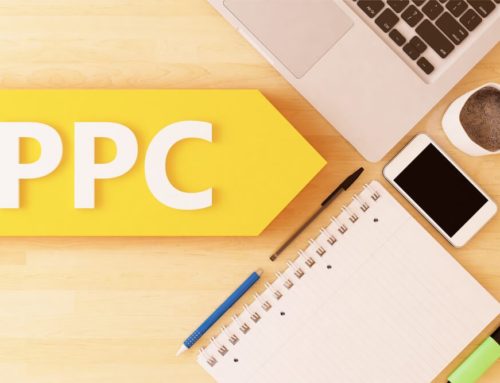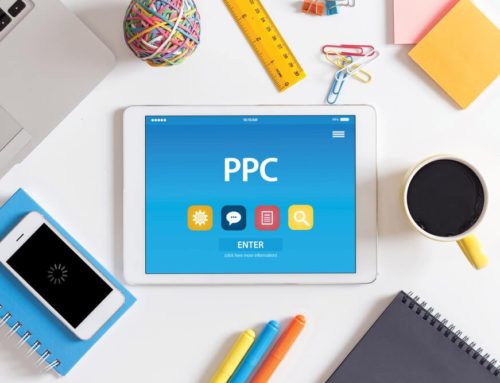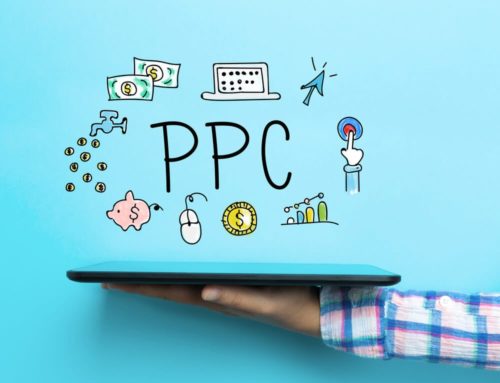Despite your intended message, how you write copy completely changes the effect of advertising and marketing content. The psychology of language in PPC continues to be investigated and discovered, generating takeaways that brands can use to greet their customers in the desired manner and hopefully, acquire a new brand consumer or loyalist.
How does a PPC company string words together in a way that becomes irresistible to viewers?
It’s simple, the advertiser gets to know the client base before addressing them.
Speaking to consumers in a winning way is much like working a room at a party. You know which guests want to hear about sports, which about politics, which need another drink, who to leave alone and if you’re really looking for a reaction, you probably know exactly what to say to stir a little drama into the evening.
How to write PPC ads that consumers cannot resist:
-
Everything is about the consumer.
Although your products are amazing, it doesn’t matter unless you can show why your consumer needs them. Investigate emotional needs and triggers of your consumers, and position products and services accordingly. Every PPC ad can explain why your consumer’s life will benefit from purchasing your product, and every ad can grab his or attention if you research sufficiently to include a tagline that guarantees an emotional response.
-
Use repetitive messaging.

Don’t say the same thing twice, but share the same messaging in your PPC ads across all platforms. The more a consumer is exposed to a message, the more they believe and understand what they read or see.
-
Create a sense of urgency.

If a product is limited or an offer is time-sensitive, consumers are more likely to react to the impulse to purchase. Use creative language that lets the consumer know that time and quantity are of the essence. To rev up the urgency, you might include a real-time countdown timer that lets the consumer know exactly how much time is or how many pieces are left for purchase.
-
Position keywords intelligently.
Boldfacing keywords that your consumers search for and want to learn more about is a great way to keep their eyes connected to your content and moving throughout a page. It’s best to include these keywords at the beginning and the end of the content because that’s where consumers spend the most time and the parts of content they remember best. Consider where your keywords are in relation to photo, video and graphics — can the consumer easily connect the keyword phrase with content that is displayed nearby?
-
Show what’s going on socially.
Integrate social numbers such as Facebook shares onto your PPC ads. This shows consumers that their peers are interested in and in need of your products and services as well. If possible, including live feeds and genuine reviews that speak to consumers as they browse your ad. The more socially accepted you are, the better.
-
Be creative.

This is becoming the golden PPC ticket, and it might come with trial and error. Ads are many and everywhere and in order to cut through the noise, your ad must stand out. This doesn’t mean being the loudest or brightest but instead, construct a message that is truly irresistible to your target audience.
Are you interested in PPC management services?
Our team at Rosy Strategies is well experienced and practiced in the art of language, and we want to help you convey the right message at the right time to the right target demographic. Reach out to our incredible team to learn more.










